Introduction
Why Were Obsessed with Tiny Food Jewelry (and Why You Should Be, Too!)
As sisters, we first discovered polymer clay as kids, and havent been able to put it down since. Combine our love of clay with a healthy obsession with food, and naturally we pour our creativity into cooking up miniature polymer clay food jewelry. We love thinking about our favorite foods and how to replicate them as realistic miniatures. Most of all, we love sharing our passion for food, and watching people dangle a cupcake around their neckor waffles from their ears!
Food isnt just about the tasteits about memories, emotions, and people. We all have favorite foods that evoke ties to special times and places in our lives. Who can eat watermelon without remembering twilight summer picnics? Or pretzels without thinking about long afternoons at the ballpark? We particularly love gingerbread cookies, not only because of their delicious flavor, but because they bring us back to childhood days spent carefully decorating each one to look like a member of our family. To celebrate food is, we think, to celebrate life.
Weve designed this book as a cookbook for the beginning miniature chef, and just like a regular cookbook, we begin with the basics. The main ingredient of our food miniatures is polymer clay, an incredibly versatile and inexpensive medium that is easy to find in craft stores. With a little imagination and ingenuity, you can sculpt polymer clay to look like just about any food you can imagine. Youll get a full primer on basic sculpting techniques, and since creating wearable miniature food is a unique undertaking, youll also learn basic jewelry-making techniques to transform the miniatures into finished jewelry.
The majority of the book is comprised of recipes for making tiny polymer clay foods, divided into five chapters: Fresh Fruit, Morning Favorites, Savory Entrees, Sweet-Tooth Delights and Other Treats, and Holiday Goodies. The recipes progress from easy to more complex, and each chapter builds on previous concepts while gradually introducing new techniques. Each recipe lists the ingredients needed, with actual size illustrations of the clay so you can quickly and easily hold up a ball to the page to see how much you need. Many recipes also include suggestions for alternative flavors or colors, so you can customize the tiny foods to reflect your real favorites. We strongly encourage you to create pizza with the toppings you like and whip up your favorite flavor cupcake! In keeping with the cookbook theme, each chapter also has a real food recipe (yes, one you can actually eat) for a favorite dish we thought you might enjoy.
We hope you have a lot of fun creating and wearing these projectsand enjoying the memories they bring. Bon appetit!
Clay Cookery Basics
Over time, weve picked up all kinds of tricks to working with polymer clay, and each of us has developed her own way of working. Here, we describe how we find it easiest to work, but dont take our word as dogma; there are as many ways of doing things as there are polymer clay artists. The more you practice and experiment with clay, the more youll learn and develop your own techniques. Above all, feel free to play! One of the best things about polymer clay is that if you dont like what youve made, you can always squish it down and begin again.
Stocking the Pantry: What Youll Need
Polymer clay is a fantastic, almost endlessly variable artistic medium. The clay itself is inexpensive, and its easy to start working with it since youll need only a few basic tools and supplies. Most of our favorite sculpting tools are general household items. Weve outlined all the tools and materials we use in this book below. We also definitely encourage you to keep an eye out for other items you can use to create interesting textures and shapes.
Polymer Clay
A great analogy for the structure of polymer clay is sand at the beach. When dry, sand is millions of individual little particles. If you add water, the consistency changes into something you can use to sculpt sand castles. If you add a lot of water, that sand takes on an almost soupy texture, and you can use it for creating drip decorations on your castle. If you had an oven big and hot enough, you could bake the castle. All the water would burn off and the grains of sand would melt together into glass. If, instead, you let your castle dry out, all that water would evaporate and the castle would crumble back into a million grains of sand.


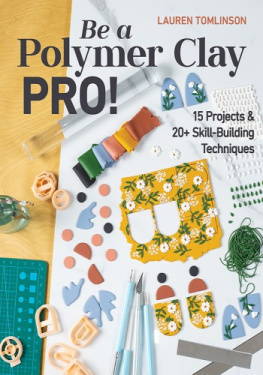
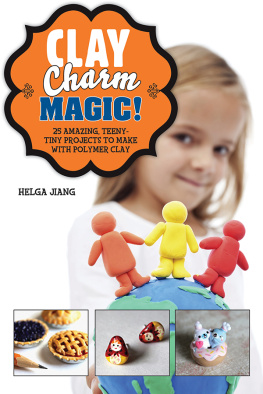

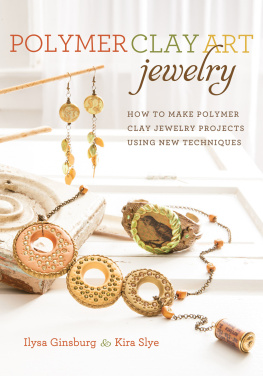
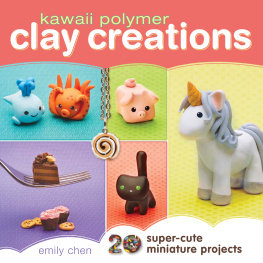



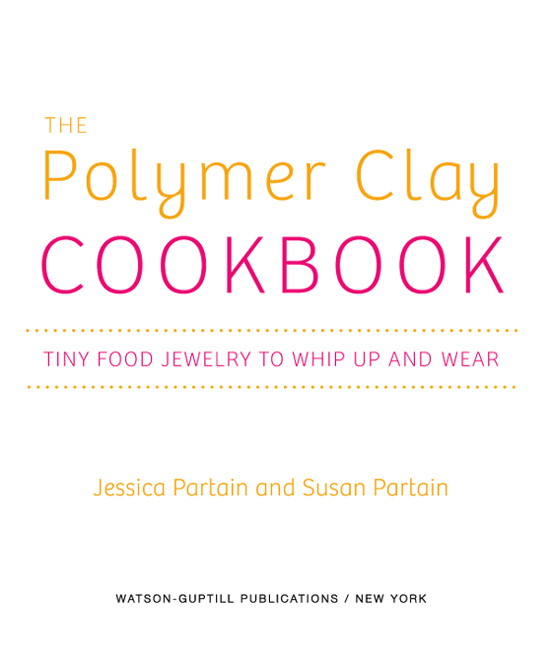
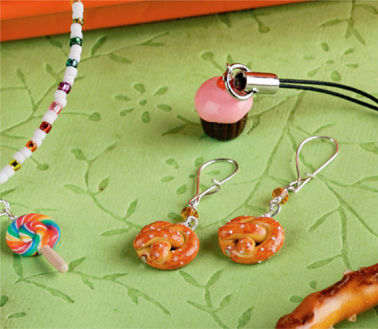
 I would also especially like to thank Barbara Kreuter for her enthusiastic support and help reading a huge chunk of the manuscript, and all of the students from the Staunton Library and the Jefferson-Madison Regional Library classes for their exuberance and fantastic questions. Id also like to thank everyone from the Sunday night dinner crowd for being amazing real cooks, and for your well-timed pints of ice cream (Jackie), fresh cobbler (Angie), hummus (Steven), guacamole (Chris), and shrimp (Hugh).
I would also especially like to thank Barbara Kreuter for her enthusiastic support and help reading a huge chunk of the manuscript, and all of the students from the Staunton Library and the Jefferson-Madison Regional Library classes for their exuberance and fantastic questions. Id also like to thank everyone from the Sunday night dinner crowd for being amazing real cooks, and for your well-timed pints of ice cream (Jackie), fresh cobbler (Angie), hummus (Steven), guacamole (Chris), and shrimp (Hugh).